Symbiotic Relationships
Symbiotic relationships are interactions between different species that live closely together. These relationships can be beneficial, harmful, or neutral for the organisms involved.
Types of Symbiotic Relationships:
- Mutualism: In mutualistic relationships, both species benefit from the interaction. For example, bees and flowers have a mutualistic relationship where the bee gets nectar from the flower and the flower gets pollinated by the bee.
- Commensalism: In commensal relationships, one species benefits while the other is neither helped nor harmed. An example is the relationship between barnacles and whales, where the barnacles attach to the whale's skin and get a place to live, while the whale is unaffected.
- Parasitism: Parasitic relationships involve one species (the parasite) benefiting at the expense of the other (the host). For instance, ticks feeding on the blood of a host animal is a parasitic relationship.
Examples of Symbiotic Relationships:
- Acacia Ants and Acacia Trees: The acacia ant lives in the thorns of the acacia tree and protects the tree from herbivores in exchange for food and shelter.
- Clownfish and Sea Anemone: Clownfish are protected by the stinging tentacles of sea anemones, while the fish help to remove parasites and provide nutrients to the anemone.
- Lichen: Lichen is a mutualistic relationship between fungi and algae, where the algae provide food through photosynthesis and the fungi provide structure and protection.
Study Guide:
- Define symbiotic relationships and explain the three types with examples.
- Describe at least three examples of symbiotic relationships in nature and explain how each species benefits from the interaction.
- Discuss the role of symbiotic relationships in maintaining ecological balance and biodiversity.
- Compare and contrast mutualism, commensalism, and parasitism, highlighting the differences in the outcomes for the organisms involved.
- Create a diagram or illustration of a symbiotic relationship of your choice, labeling the species involved and the benefits or harms of the interaction.
◂Science Worksheets and Study Guides Fifth Grade. Roots, Stems and Leaves
Study Guide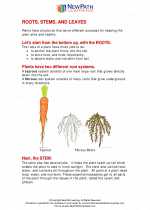 Roots, Stems and Leaves
Roots, Stems and Leaves  Activity Lesson
Activity Lesson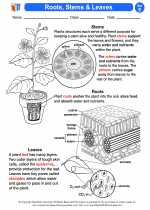 Roots Leaves
Roots Leaves  Worksheet/Answer key
Worksheet/Answer key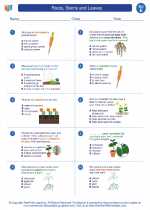 Roots, Stems and Leaves
Roots, Stems and Leaves  Worksheet/Answer key
Worksheet/Answer key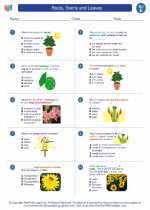 Roots, Stems and Leaves
Roots, Stems and Leaves  Worksheet/Answer key
Worksheet/Answer key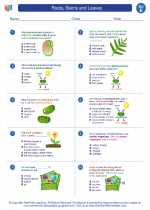 Roots, Stems and Leaves
Roots, Stems and Leaves  Worksheet/Answer key
Worksheet/Answer key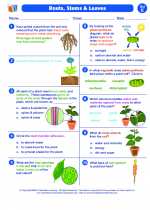 Roots, Stems and Leaves
Roots, Stems and Leaves  Vocabulary/Answer key
Vocabulary/Answer key Roots, Stems and Leaves
Roots, Stems and Leaves  Vocabulary/Answer key
Vocabulary/Answer key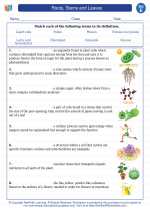 Roots, Stems and Leaves
Roots, Stems and Leaves  Vocabulary/Answer key
Vocabulary/Answer key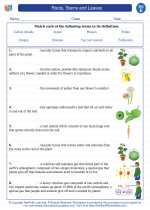 Roots, Stems and Leaves
Roots, Stems and Leaves 

 Activity Lesson
Activity Lesson
 Worksheet/Answer key
Worksheet/Answer key
 Worksheet/Answer key
Worksheet/Answer key
 Worksheet/Answer key
Worksheet/Answer key
 Worksheet/Answer key
Worksheet/Answer key
 Vocabulary/Answer key
Vocabulary/Answer key
 Vocabulary/Answer key
Vocabulary/Answer key
 Vocabulary/Answer key
Vocabulary/Answer key

The resources above cover the following skills:
LIFE SCIENCE (NGSS)
From Molecules to Organisms: Structures and Processes
Students who demonstrate understanding can:
Support an argument that plants get the materials they need for growth chiefly from air and water.